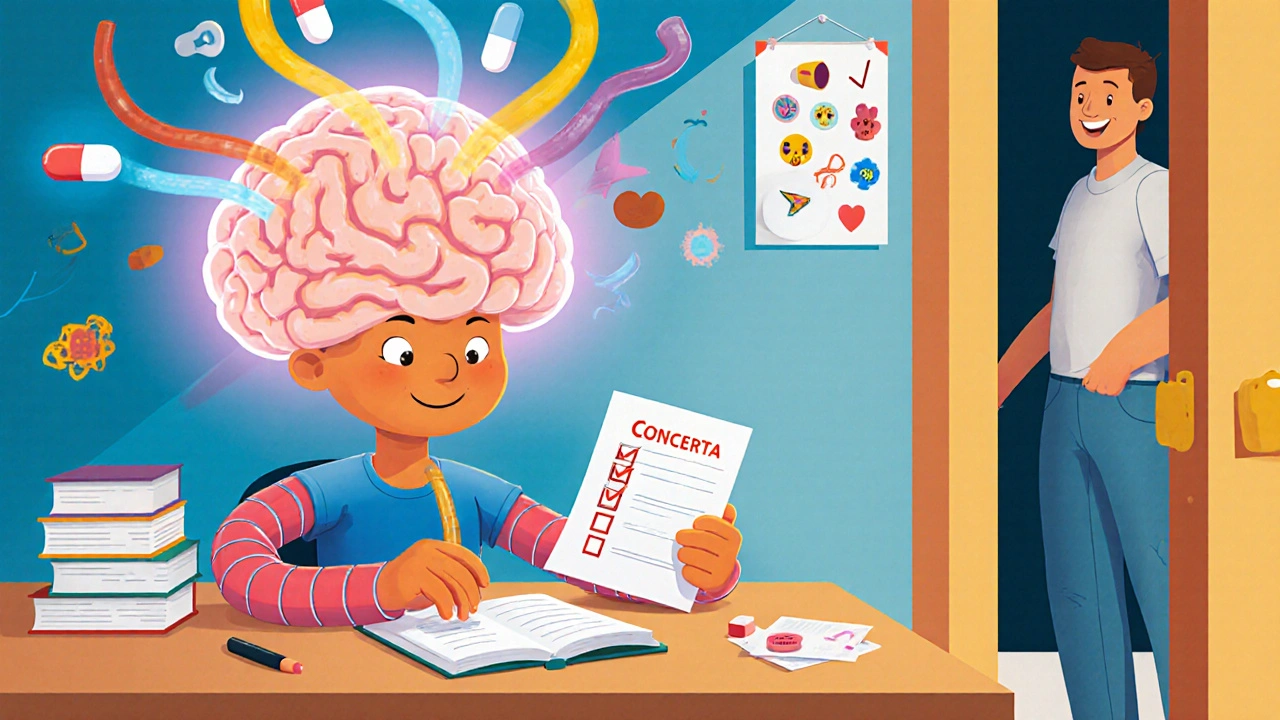Behavioral Therapy for ADHD: What Works and What Doesn't
When it comes to managing behavioral therapy for ADHD, a structured approach that teaches skills to manage attention, impulsivity, and hyperactivity without medication. Also known as behavioral intervention, it’s one of the few non-drug treatments backed by decades of real-world results, especially for children. Many parents and adults assume medication is the only option, but that’s not true. Behavioral therapy doesn’t just reduce symptoms—it builds habits that last long after sessions end.
This kind of therapy isn’t about talking through feelings. It’s practical. For kids, it means parents learn how to give clear instructions, use consistent rewards and consequences, and create routines that cut down on chaos. For teens and adults, it’s about organizing tasks, breaking big projects into small steps, and using tools like timers or checklists to stay on track. ADHD behavior strategies, specific techniques like positive reinforcement, time-outs, and token economies are the backbone of this approach. And it’s not just for kids—adult ADHD therapy, tailored methods that help with time management, emotional regulation, and workplace focus is just as effective, though often overlooked.
What makes behavioral therapy different from other treatments? It doesn’t just mask symptoms—it rewires how you respond to them. Unlike stimulants that boost brain chemicals, this method trains your brain to work smarter. Studies show it works as well as medication for some people, especially when combined. And because it doesn’t involve pills, there are no side effects like appetite loss, sleep trouble, or mood swings. The catch? It takes effort. You can’t just show up and expect magic. You have to practice daily, stick with it, and adjust as things change.
You’ll find posts here that compare behavioral therapy to meds like Strattera, explore how it fits with school or workplace accommodations, and show real-life examples of what works for families and adults. Some articles dive into why certain strategies fail—and how to fix them. Others break down the difference between parent training, classroom interventions, and individual coaching. There’s no one-size-fits-all fix, but the right plan can make a huge difference. Whether you’re a parent, teacher, or someone managing ADHD yourself, the tools here are practical, tested, and free of hype.

ADHD Treatment: Stimulants, Non-Stimulants, and Behavioral Strategies That Work
Haig Sandavol Nov 7 8ADHD treatment works best with a mix of stimulant or non-stimulant medication and behavioral strategies. Learn how each option works, their side effects, and how to combine them for lasting results.
More Detail